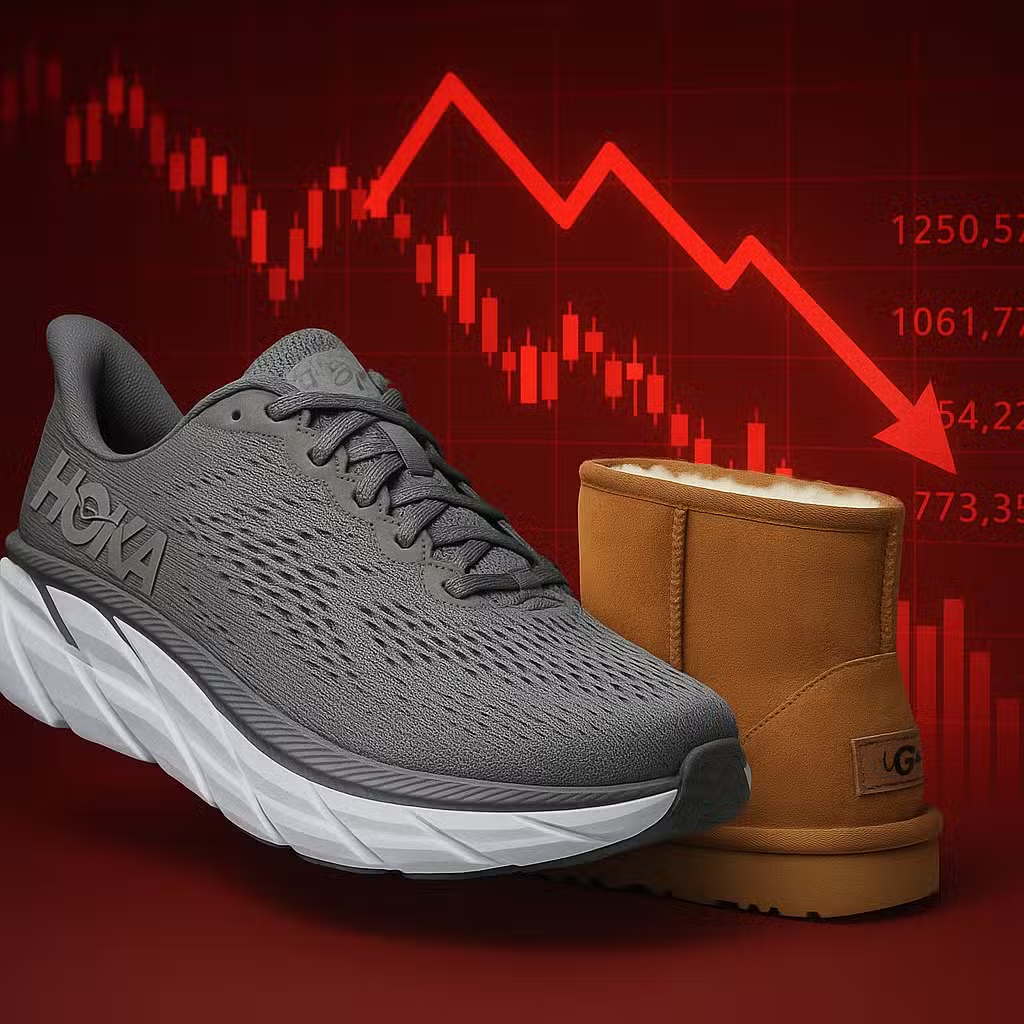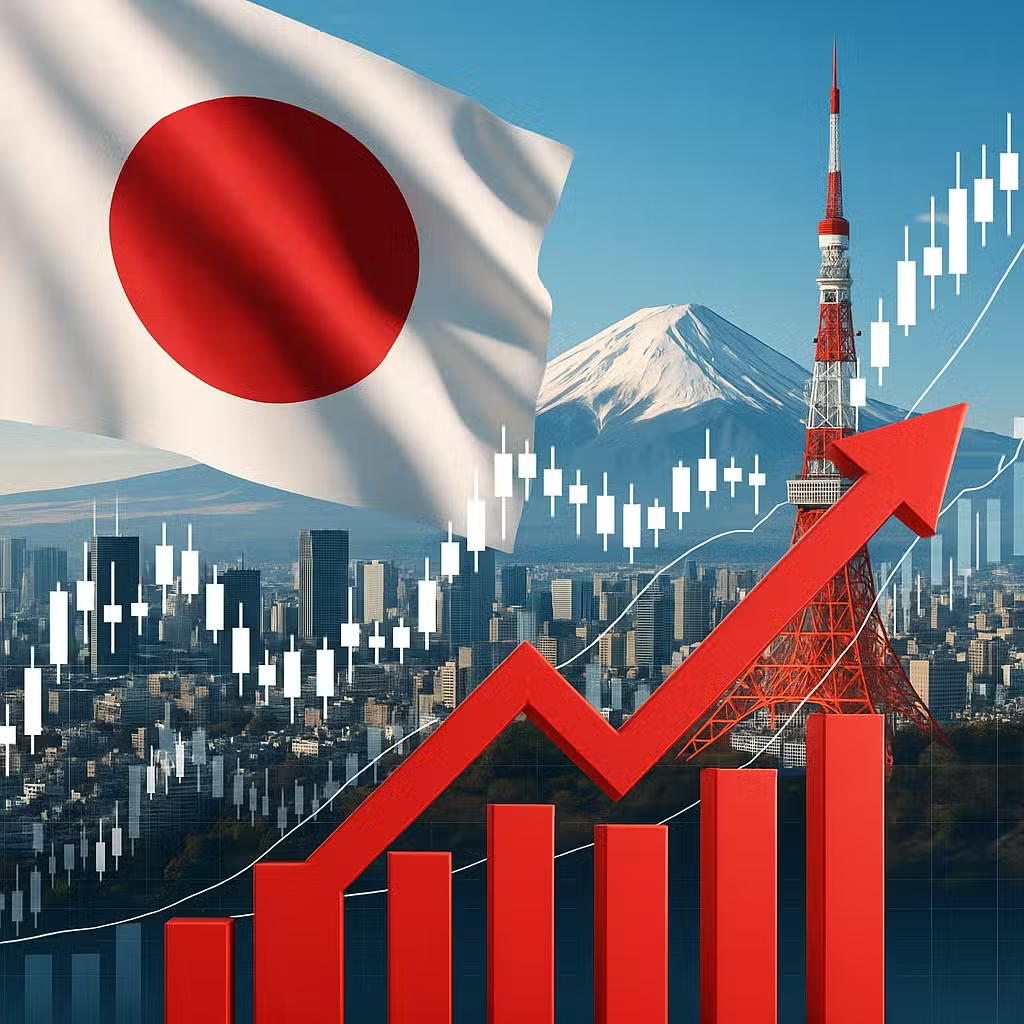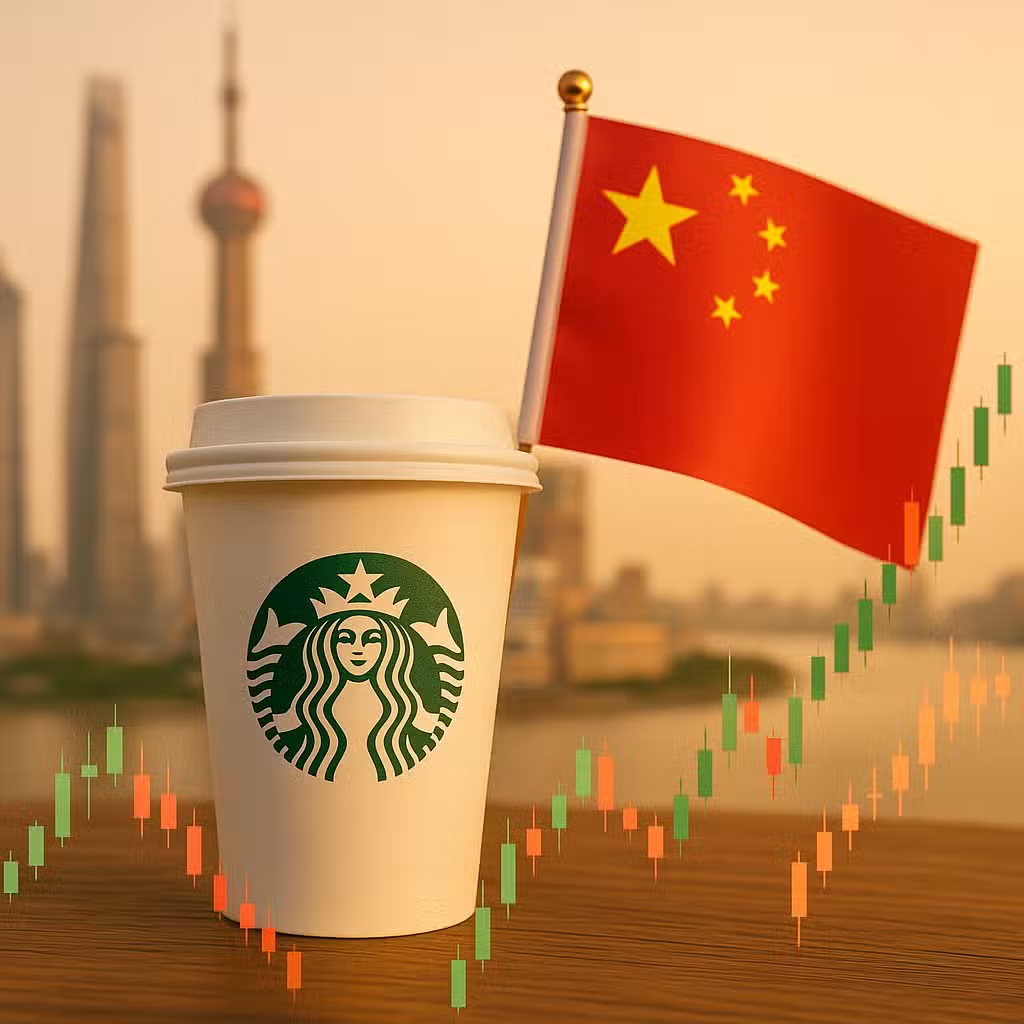Deckers Shares Dip as Slower Hoka and Ugg Growth Raises Investor Caution
Imagine your favorite sports team suddenly has to play with heavier gear. They might still win, but it’ll be harder and slower. That’s what’s happening to Deckers Brands—the company behind popular shoes like Hoka and Ugg—as new tariffs and higher prices start weighing them down.
Why Investors Should Care
Deckers Brands’ shoes are everywhere, from runners hitting the pavement in Hokas to winter walks in Ugg boots. But now, the company’s stock just dropped 15% in one day. That’s because they warned investors growth is slowing for their two biggest brands. If you own Deckers stock, or invest in retail, this could affect your portfolio and even hint at bigger trends in consumer spending.
What’s Going On?
- Tariffs: New U.S. tariffs are making it more expensive for Deckers to bring shoes into the country. The company expects these tariffs to cost them about $150 million this year.
- Price Hikes: To cover those costs, Deckers is raising prices. But when things cost more, shoppers might think twice before buying a new pair of shoes.
- Slowing Growth: Hoka’s growth is expected to slow to “low teens” percentages in 2026—down from a 24% jump last year. Ugg is also expected to grow slower, in the low to mid single digits, compared to 13% last year.
- Stock Slide: Deckers’ shares have dropped over 55% this year, showing investors are worried about these changes.
Bull Case: Reasons to Stay Positive
- Brand Strength: Hoka and Ugg are still popular and leading in their markets. CEO Dave Powers says both brands have “brand heat” and strong core customers.
- Market Share: Even with slower growth, Deckers is still gaining ground in the running shoe and boots market.
- Long-term Confidence: Deckers’ leaders believe the company can handle these bumps and keep moving forward.
Bear Case: Reasons to Be Cautious
- Tariff Trouble: $150 million in extra costs is a big deal, and Deckers can only offset about half with price hikes and deals with factories.
- Consumer Squeeze: Shoppers are feeling the pinch from inflation and higher prices, so they may cut back on “fun” purchases like new shoes. According to the U.S. Bureau of Labor Statistics, consumer prices have risen nearly 20% since 2020, making every dollar count more.
- Lowered Expectations: Deckers’ sales goal for 2026 is $5.35 billion, less than Wall Street expected. That makes some investors nervous about future profits.
- Stock Volatility: A 55% drop in share price this year means the market is already worried about Deckers’ ability to bounce back.
Historical Context: How Tariffs and Prices Can Hurt Retail
Tariffs have hit retail before. In 2018, when the U.S. raised tariffs on Chinese goods, the National Retail Federation reported higher costs and slower sales across many brands. When companies raise prices to cover these costs, shoppers often pull back, especially for non-essential items like fashion and footwear.
Investor Takeaway
- Watch for Consumer Trends: Keep an eye on how shoppers react to higher prices—especially for “want” items, not “need” items.
- Diversify: Don’t put all your money in one retail stock. Consider spreading investments across different sectors to reduce risk.
- Monitor Tariff Talks: Changes in trade policy can quickly impact costs and profits for companies like Deckers.
- Focus on Brand Strength: Brands with loyal fans (like Hoka and Ugg) can weather storms better, but even they have limits if prices rise too fast.
- Look for Value: With Deckers’ stock down over 50%, some investors might see a bargain—but only if the company can manage costs and keep customers coming back.
For the full original report, see CNBC







